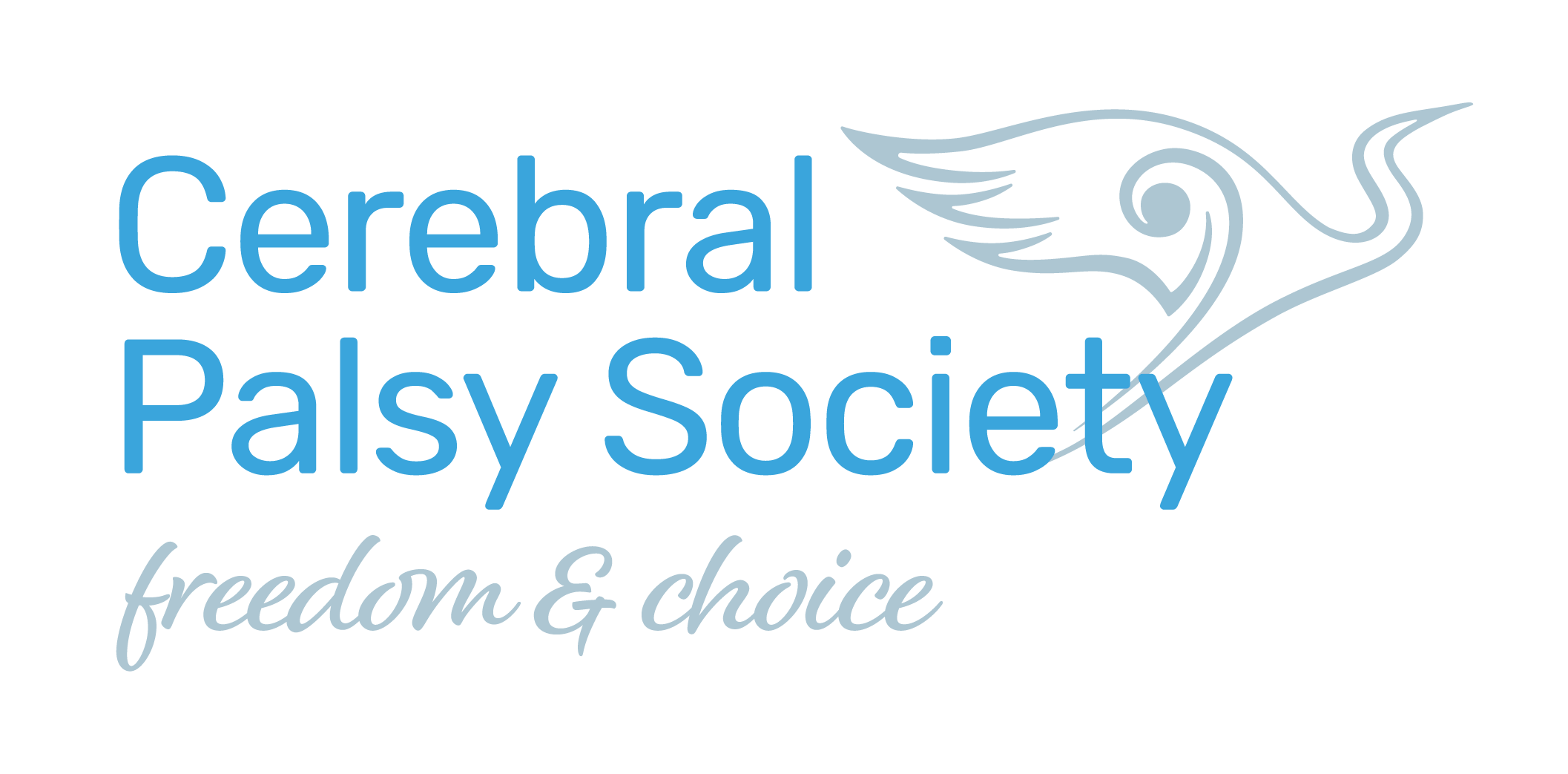Research
Why researchers should welcome the patient’s voice
03 Mar 2018
No research about me without me!
BMC today published an article on Research Involvement and Engagement detailing how, in an international study looking at tinnitus treatments, researchers were able co-design the research with patient input, adding the voices of hundreds of experts with real life experience of the condition. The authors explain the importance of patient and public involvement and how it benefits research.
As researchers, we don’t always have personal experience of the health condition or disease that we study. While we may be expert in research methods and the literature, we still have a ‘blind spot’ when it comes to experiencing the condition and negotiating the healthcare system as a patient.
Patient experts have expertise through relevant life experience. They can play a valuable role in ensuring that research is focused on what matters to patients. This is not just as participants in a ‘fact-finding’ exercise by researchers, but as equal partners in a team designing, running and communicating the study.
Patient and public involvement (PPI)
Involving patients and members of the public in this way is known in the UK as ‘Patient and Public Involvement’ (PPI) in research. Other terms meaning the same thing are ‘Consumer or service user involvement’ and ‘Patient Engagement’.
However, the principle is the same:
research “carried out with or by members of the public rather than to, about or for them”.
PPI may be viewed as important on moral grounds: people who are affected by research have a right to have a say in what and how publicly funded research is undertaken. It is also important for practical reasons.
PPI can:
- Improve the relevance of questions that are pursued in research
- Ensure researchers measure what matters to patients
- Improve participant recruitment plans and the experience of taking part
- Improve information for participants
- Include a patient viewpoint in interpreting data
- Prompt the reporting of results to participants and the wider public in plain language.
- Empower people involved and informed by research to advocate for putting research outcomes into practice.
- In short, PPI adds value to research.
- Example of Co-designing research with patient and public involvement
BMC’s publication in Research Involvement and Engagement describes an example of co-designing research with patient input. They brought the patient’s voice to an international online study whose aim is to identify a common standard for assessing and reporting how tinnitus treatments have worked. The first step in developing a standard is to consider which aspects of tinnitus (for example ‘tinnitus loudness’ and ‘ability to concentrate’) are of greatest importance to patients and professionals.
BMC started with identifying all tinnitus-related complaints previously measured in trials, included in assessment tools and proposed by patients. They collected over 100 complaints! The next step was to process all of these complaints ending up with a list that would feed into an online survey. Participants would then complete the survey by ranking which complaints they believe are most important for assessing whether a treatment has worked or not. It is really important to get the items on this list right because this determines the ‘key ingredients’ for developing the standard.

BMC invited two people with tinnitus – our public research partners – to help us in developing this list from the large number of tinnitus-related complaints. They made a unique contribution by reducing the number of complaints in the list to a more manageable number. There were 66 complaints in the final list.
BMC public research partners also helped them to create plain language descriptions for each of the selected tinnitus-related complaints. This was important to ensure that all online survey participants would clearly understand what they meant. An independent patient review panel also gave them feedback on these descriptions.
Boosting recruitment
BMC worked with public research partners in developing participant information, including clear written information and a recruitment video, providing an overview of the study in a light and engaging way. They ended up recruiting 719 participants, well over our original minimum target of 420, with equivalent numbers of participants living with tinnitus and professionals.
Nearly 90% of those recruited stayed the course and the feedback we had from them was broadly positive. We believe that our PPI contributed to the success of our project by making sure that patients were included on an equal footing as participants in the survey. The patient voice was heard loud and clear!
Should UK standards for patient and public involvement become standards for NZ?
While BMC give testament to the value of PPI in research and the body of evidence for the benefits of PPI is strengthening, there is little national guidance as to what constitutes good PPI practice. Combined with rising demands from funders in the UK, that PPI should be included in the research they support, there is a clear need to help research organizations organize their PPI effectively.
INVOLVE, the UK national advisory body on PPI in health and social care research is developing national standards for PPI in research. Once completed, research organizations will have a benchmark for reflecting on and improving their own practice in PPI. Together with improved reporting of PPI in the academic literature, the future looks bright for shared learning and progression in the theory and application of PPI in Uk and hopefully globally.
This original Blog post is from “BMC, a pioneer of open access publisher, with a portfolio of high-quality peer-reviewed journals including Biology, Medicine and specialist journals
Authors:
Dr Adele Horobin is Patient and Public Involvement and Engagement Manager for Hearing at the National Institute for Health Research (NIHR) Nottingham Biomedical Research Centre, UK.
Prof Deborah Hall is the Deputy Director of the National Institute for Health Research (NIHR) Nottingham Biomedical Research Centre, UK, w

